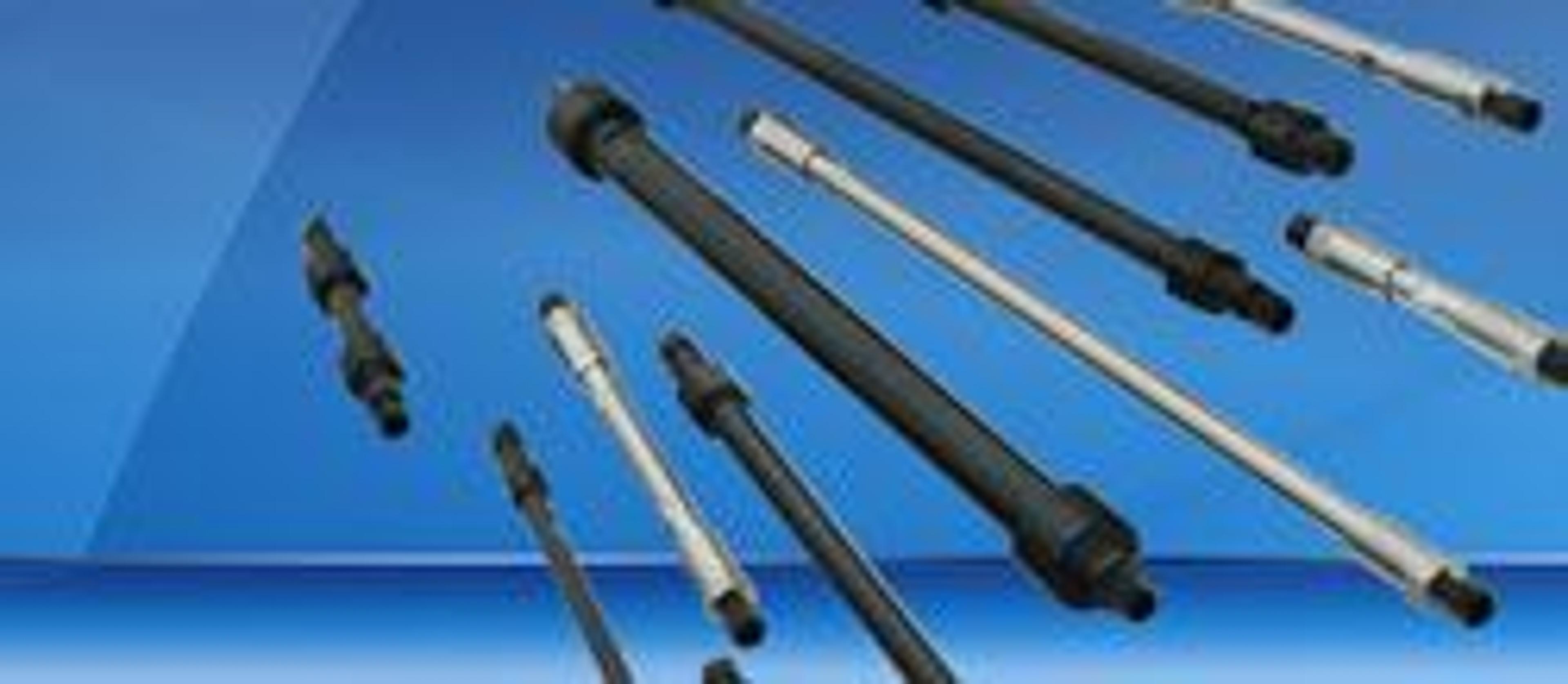New Column Designed for Increased Sensitivity for Rapid LC/MS Analyses
Unique capillary design optimizes sensitivity and minimizes carryover for high performance protein identification
23 Jun 2015
A new column for liquid chromatography-mass spectrometry (LC/MS) analysis uses a unique capillary design to offer labs with limited samples and complex mixtures a fast and high-resolution solution for the identification of protein samples, facilitating high sensitivity proteomics and biotech applications.
The Thermo Scientific ProSwift C4 RP-5H columnincorporates a exceptionally designed, low-pressure C4 monolith with a porous structure, enabling faster low-flow separations without sacrificing resolution compared with typical porous bead based media. Offering a wide range of operational flow rates, alternative selectivity and low carryover, the ProSwift C4 RP-5H is suited for rapid LC/MS analysis of protein samples.
The new column’s porous copolymer gives the flow channels higher permeability in the stationary phase than particulate columns, resulting in increased separation efficiency. Due to this structure, smaller i.d columns of 50 μm can be used for analyses, increasing sensitivity.
“The new ProSwift C4 RP-5H column is a great addition to our capillary portfolio as it solves the issues of carryover that can be experienced when analyzing hydrophobic protein samples” said David Sarracino, manager of biomarker workflows at Thermo Fisher’s Biomarkers Research Initiatives in Mass Spectrometry (BRIMS) Center. “The ProSwift C4 RP-5H column is available in a range of column formats for nano, capillary and micro flow chromatography, offering excellent resolution for large, hydrophobic intact proteins across biopharma and research proteomics. This enables flow optimization for increased MS sensitivity as well as rapid separation of monoclonal antibody and complex protein samples.”
The ProSwift C4 RP-5H column will be exhibited for the first time at the 42nd International HPLC Conference in Geneva, Switzerland, Booth 14, June 21–25.
The new monolith uses a butyl (C4) methacrylate co-polymer that is less hydrophobic than PS-DVB columns, meaning there is less column fouling. This is important for MS users where sensitivity is higher compared to UV and carryover can cause interference.

